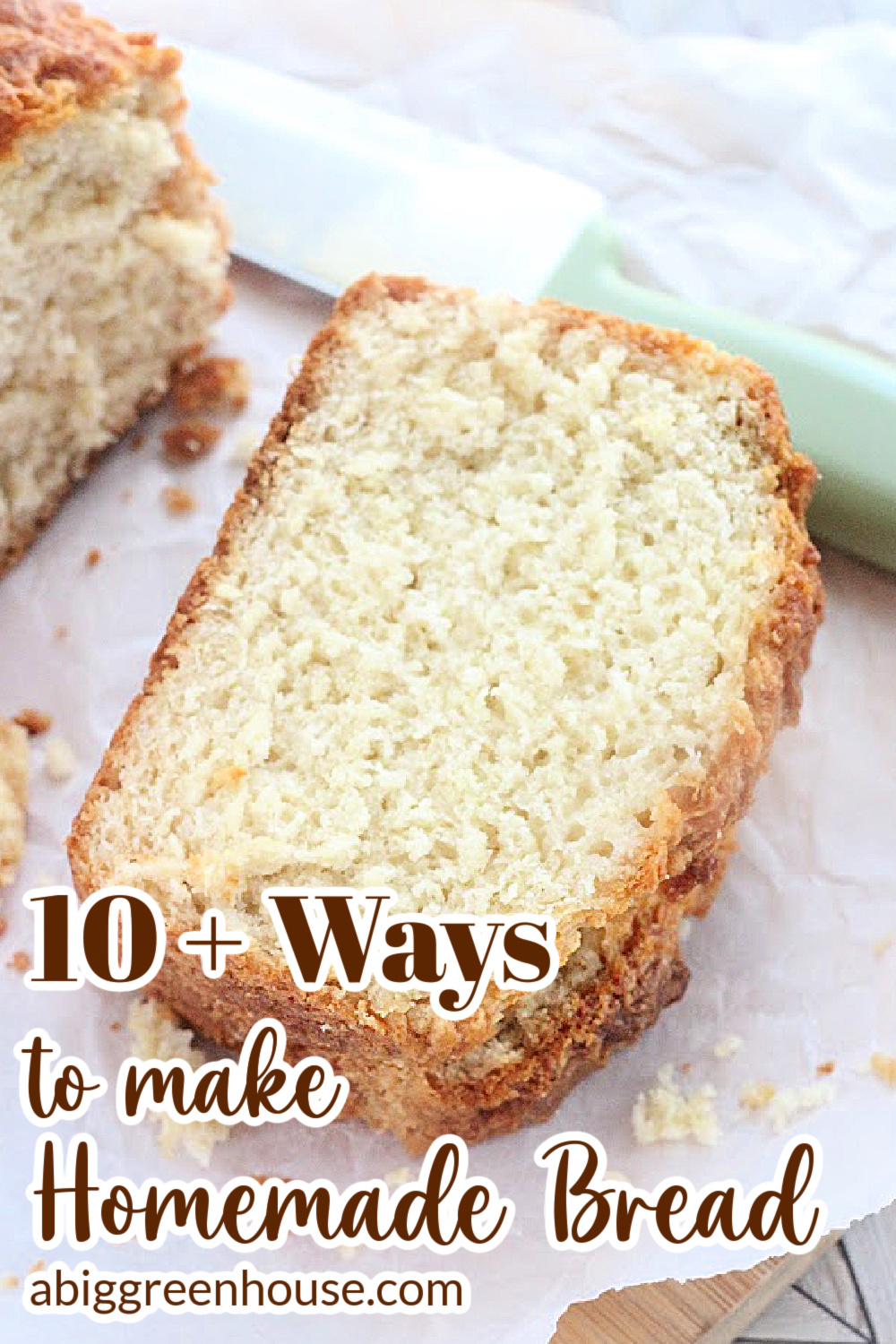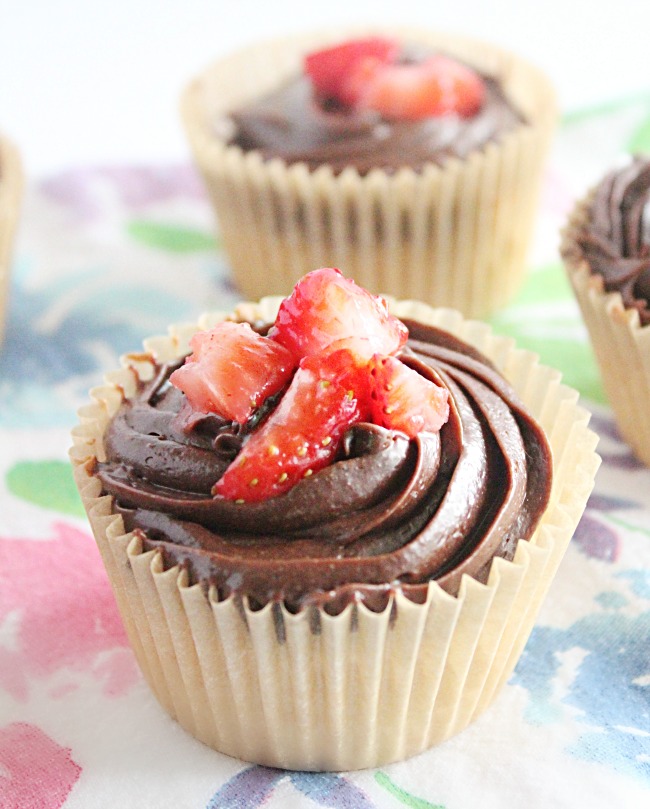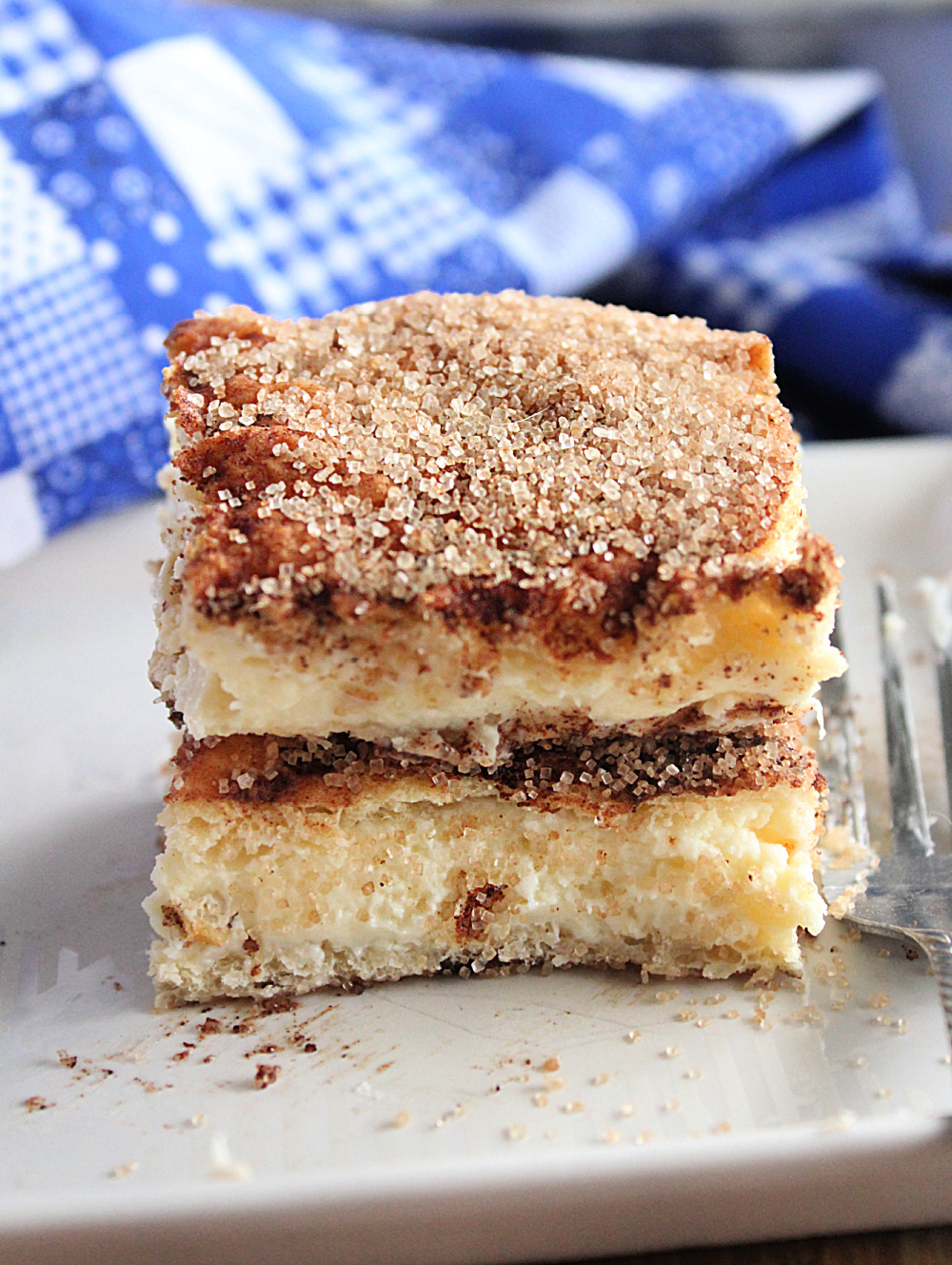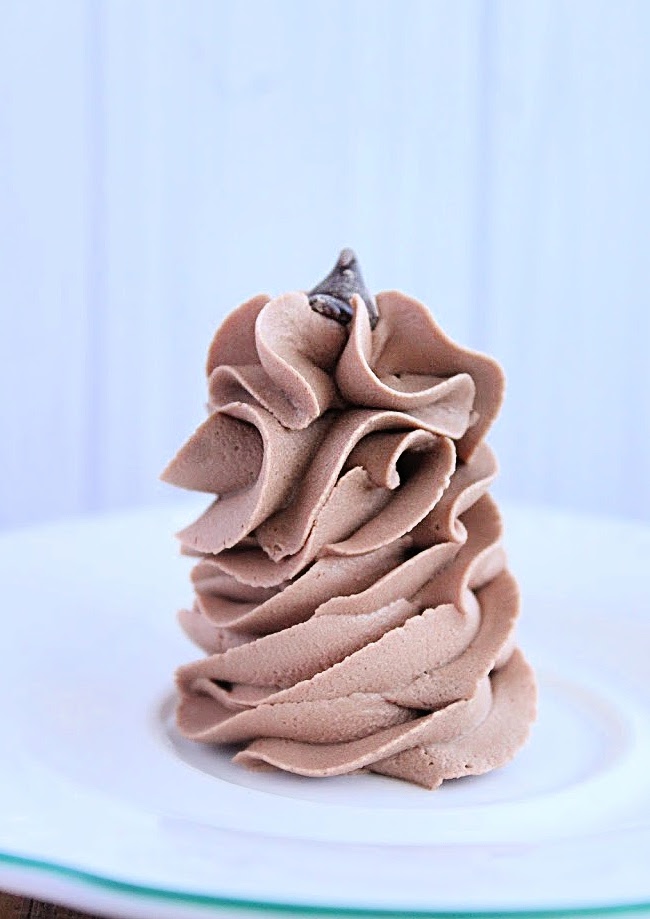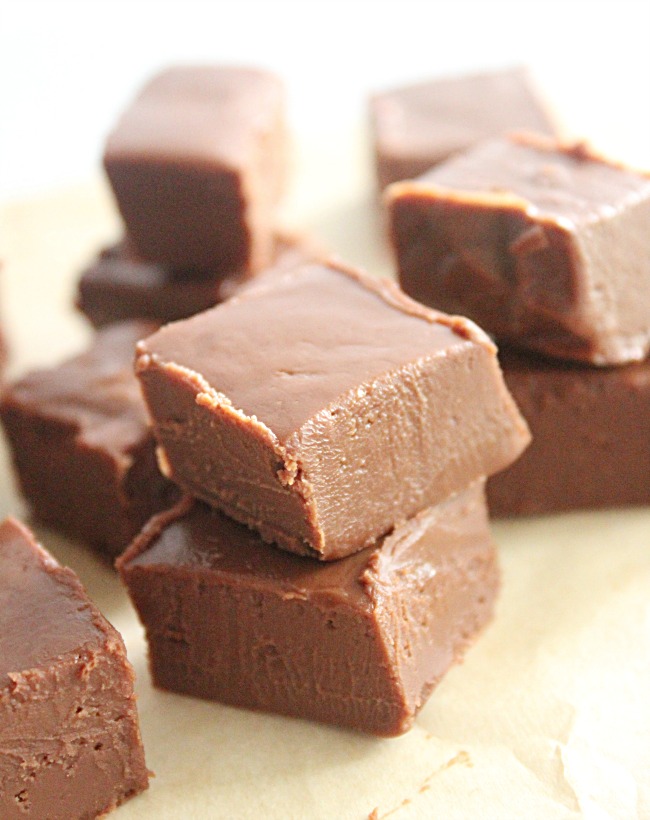Portioning with Trays and Muffin Tins: The Freezer Map Method
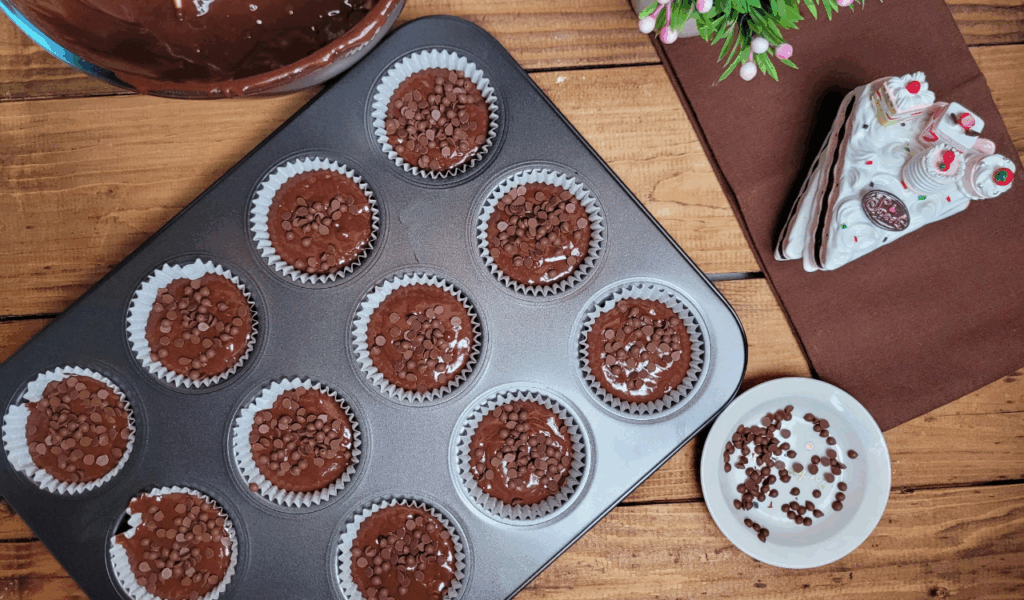
It doesn’t have to be a mess to organize your freezer. The “Freezer Map Method” converts regular trays and muffin tins into instruments for measuring out exact portions, so you can freeze food in neat, useful proportions. This method saves time, reduces down on waste, and makes it easy to get to the materials. You may avoid big, unmanageable blocks of food by portioning it out before freezing it. Instead, you’ll get servings that are ready to use. It is a clever and cheap way to keep your freezer running smoothly and your meals stress-free.
1. Understanding the Freezer Map Concept
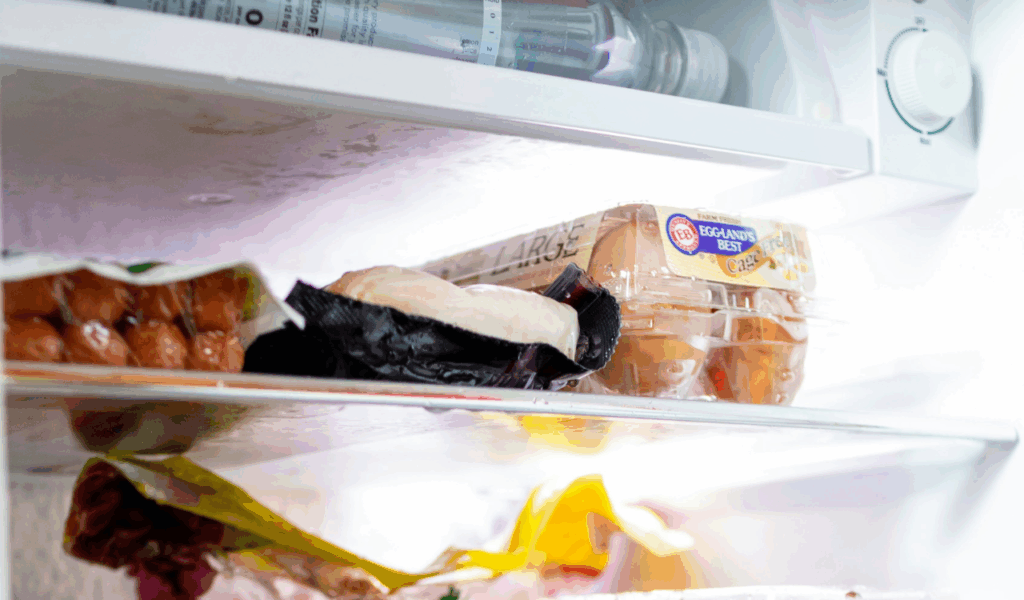
The Freezer Map Method is a way to freeze things in pre-measured amounts using trays or tins. Then, you put them in labeled bags that are arranged like a “map.” You can always find what you need because each part has a name, such soups, veggies, sauces, or snacks. This layout keeps things from getting lost in the rear and encourages rotation to keep things fresh. It turns your freezer from a guessing game into a meal prep command center, which saves time and cuts down on waste all week long.
2. Choosing the Right Tray or Tin
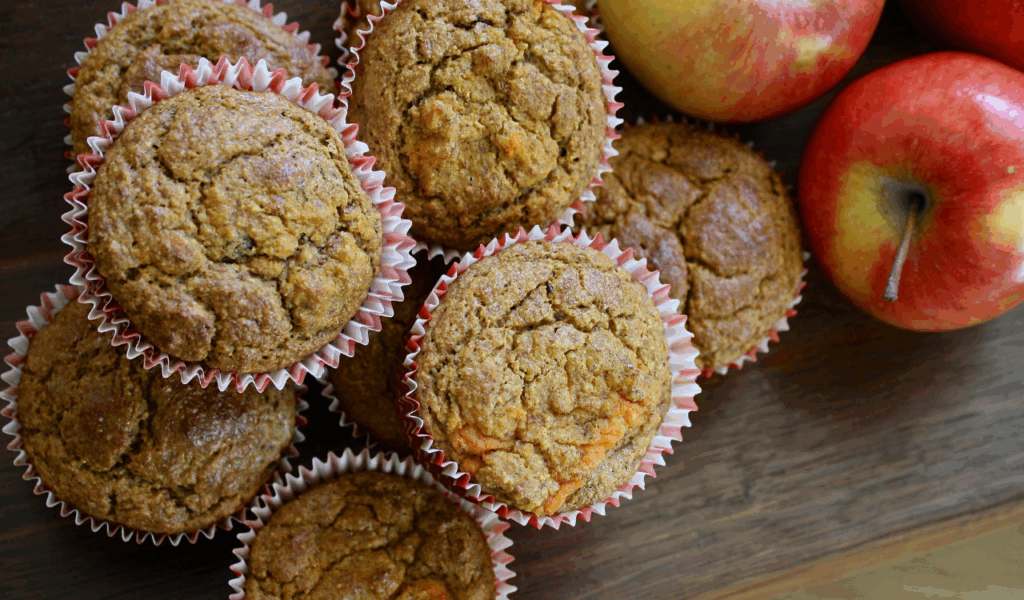
Choosing the right container is the key to portioning success. Standard muffin tins are great for soups, sauces, and stocks. Ice cube trays are better for smaller amounts of food, such pesto, citrus juice, or minced herbs in oil. It’s easy to pop out chunks once they are frozen in silicone molds. Always choose materials that are safe for food and leave some room for liquids to expand as they freeze. The correct tray makes it easy to label and stack things, plus also keeps the portions the same.
3. Prepping and Portioning for Efficiency
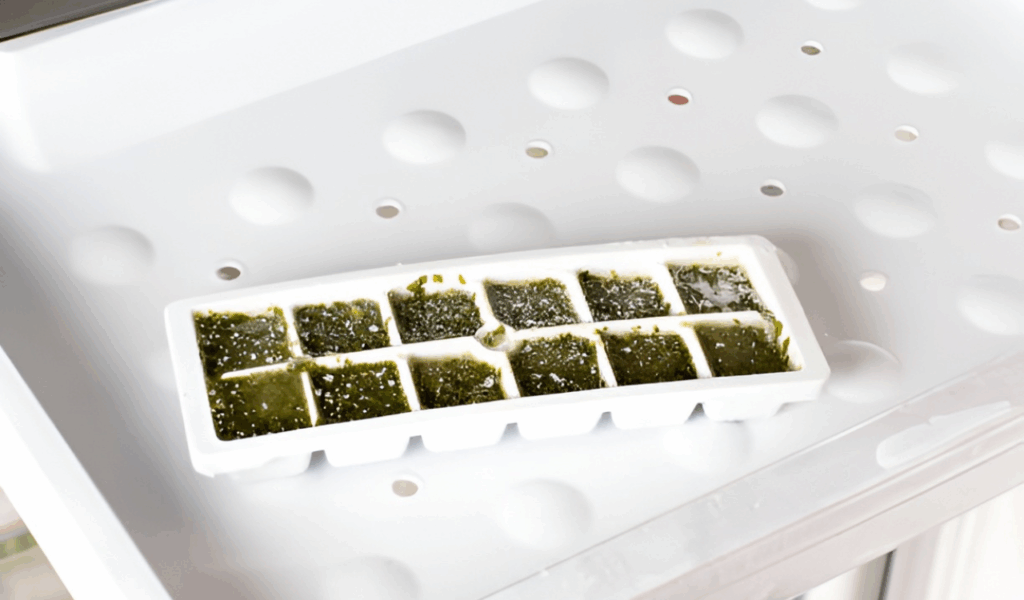
To keep condensation or frost from forming, chill foods down a little before putting them in trays. Using a measuring cup, spoon or pour the same quantity into each hole. Half-cup muffin pieces are great for single serves of sauces or soups. Before freezing, use painter’s tape and a marker to label each variety. This brief action will help you avoid confusion later. It’s easy to reheat or mix your pieces into meals without thawing the whole batch if they are all the same size.
4. Freezing and Transferring Properly
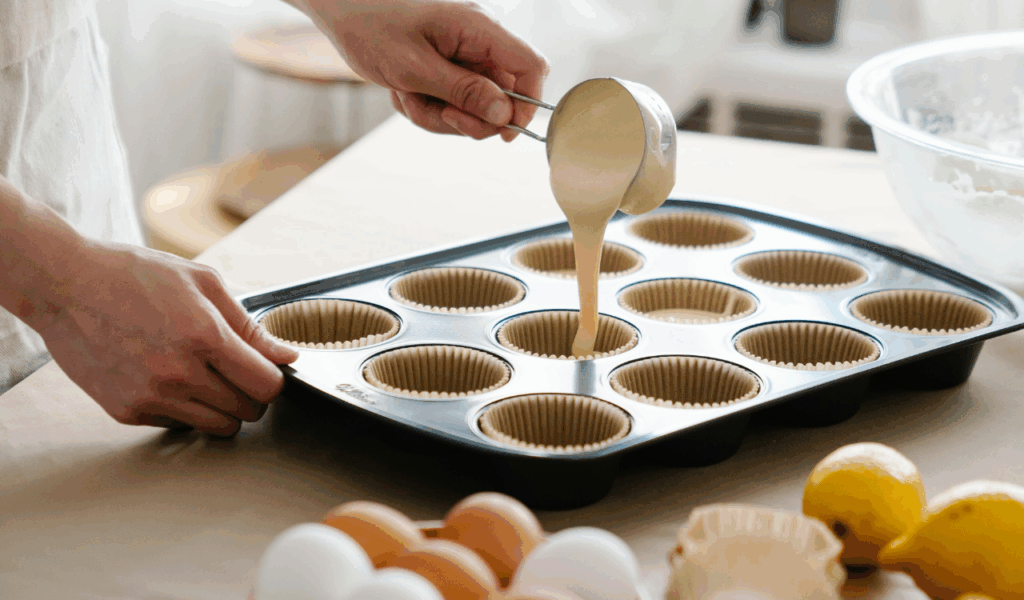
Put the packed trays in the freezer until they are solid, which normally takes overnight. Then, move the sections to labeled freezer bags. To keep the food from freezing, press out extra air and flatten the bags so they stack easily. Put goods that are comparable to each other in the same group and tape a basic list or “map” to the door of the freezer. It should show where the categories are and what needs to be restocked. This process not only saves space, but it also keeps your freezer neat and tidy like a professional kitchen walk-in.
5. Labeling and Tracking Inventory
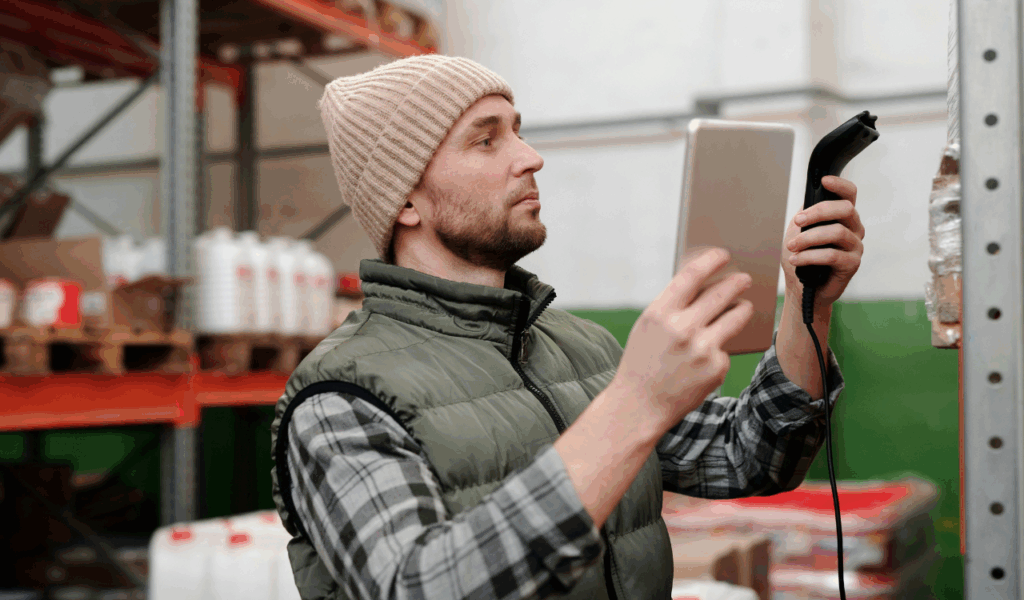
To avoid mystery meals, you need to mark things well. On each bag, write down the name of the food, the size of the portion, and the date it was frozen. A color-coded scheme can help: blue for proteins, green for veggies, yellow for sauces, and so on. When you add or take things out of your freezer, make sure to update your map so that it is always correct. This simple habit keeps food from going bad, keeps you from buying too much, and stops the dreaded “freezer surprise.” A system with clear labels makes it easy to plan meals in cold storage.
6. Quick-Release Tips for Easy Removal
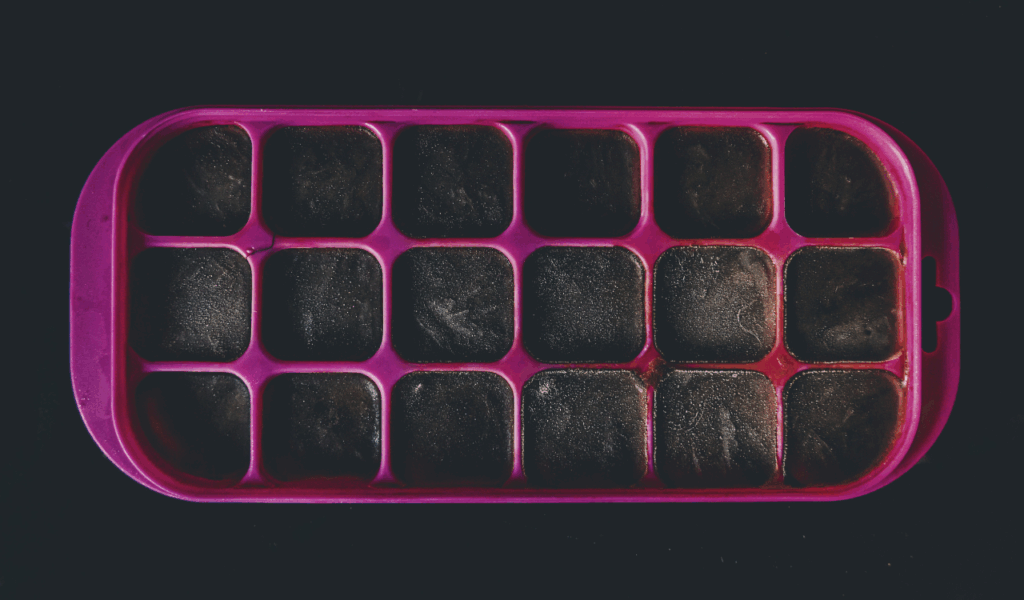
It can be hard to get frozen parts out of trays if they are stuck. Run the bottom of the tray under warm water for a few seconds or bend the silicone molds gently. Stay away from metal tools that can scratch surfaces. Silicone muffin pans and flexible ice trays are the easiest to use when you need to quickly release something, such sauces or purées. As soon as the pieces are free, put them back in the freezer in sealed bags to keep their texture and stop freezing frost or flavor from getting into other dishes.
7. Creative Ways to Use Frozen Portions
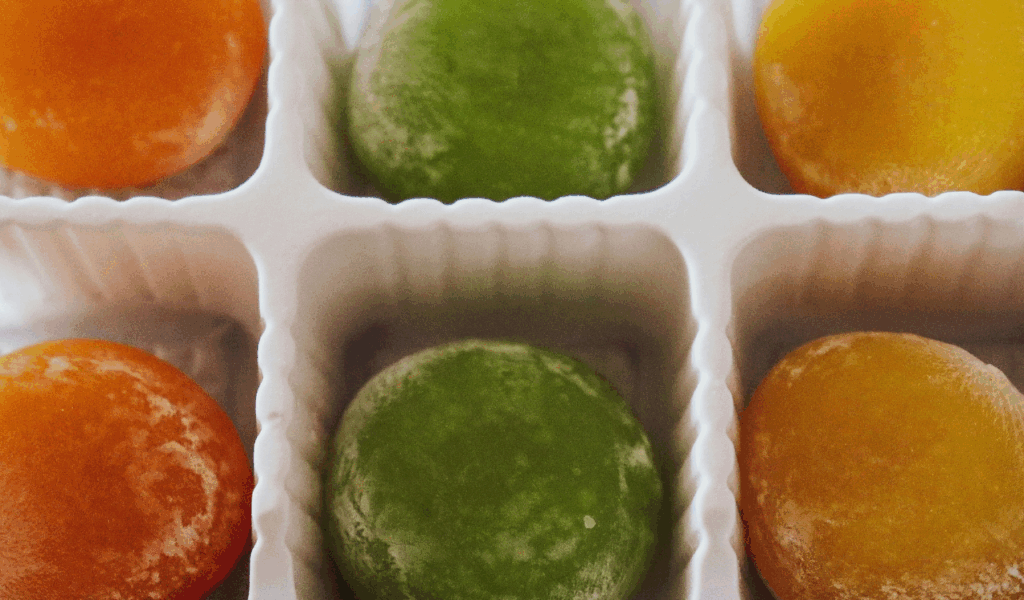
Having all the ingredients ready to go in the right amounts makes cooking a lot faster. You can add frozen pesto cubes to hot spaghetti, melt single portions of soup for lunch, or throw frozen broth disks into risotto or stews. Even grains, beans, and cooked veggies can be portioned out. You can use each frozen “puck” without wasting it. You don’t have to guess how much to thaw; you just grab the right amount. This makes it easier to cook healthy meals at home on hectic days.
8. Maintaining the System Long-Term
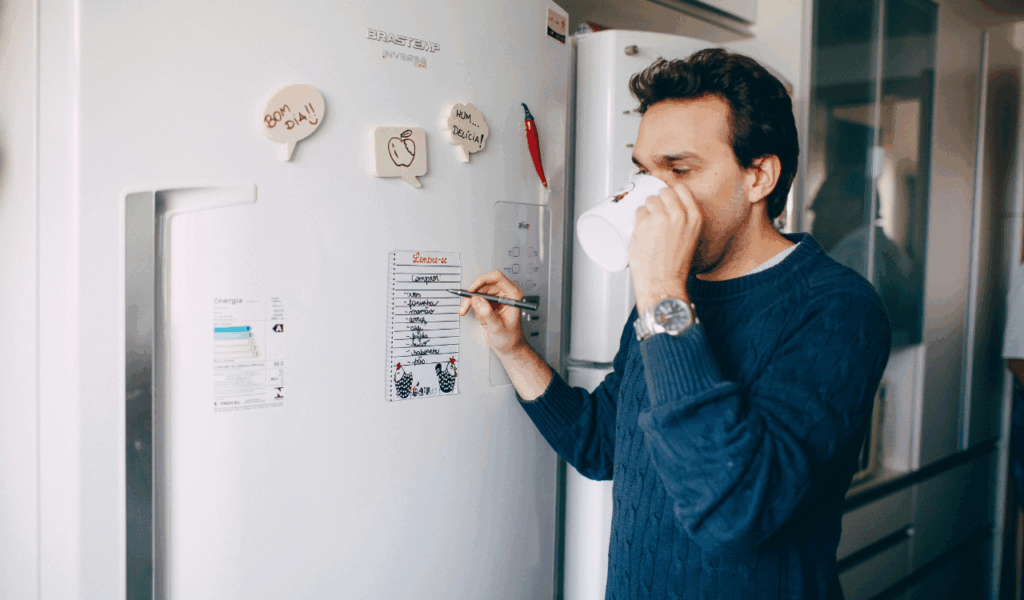
It works best to keep the Freezer Map Method up to date every week. Take a few minutes after you go grocery shopping or make dinner to fill in the empty spaces and update your map. As you proceed, move older goods to the front and write down when they will expire. Keeping the system the same makes sure that everything stays new and noticeable. As time goes on, you’ll see less mess, quicker dinner prep, and cheaper groceries. This strategy is useful and long-lasting, and it will keep your freezer organized for good.
